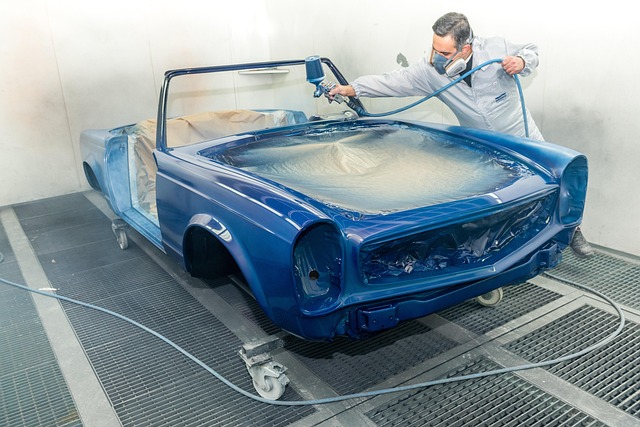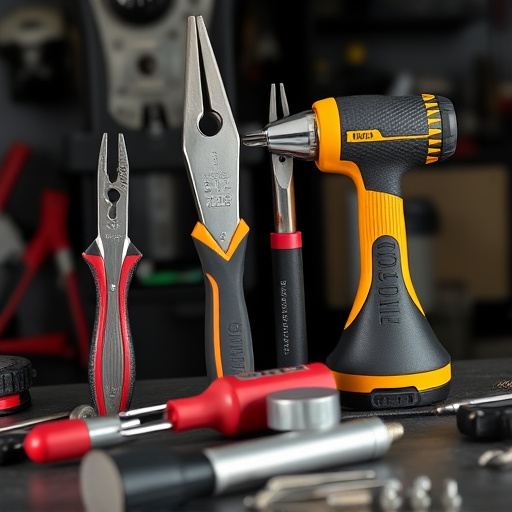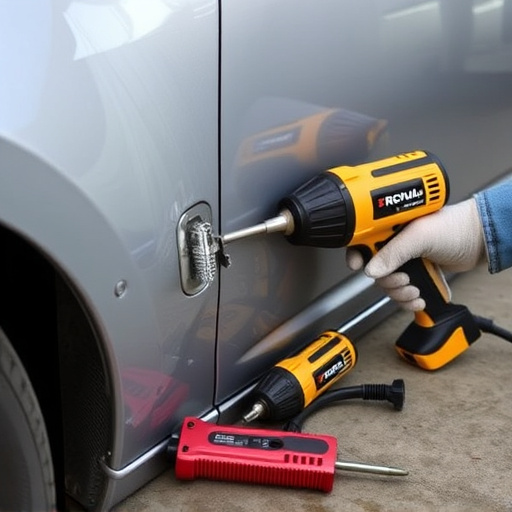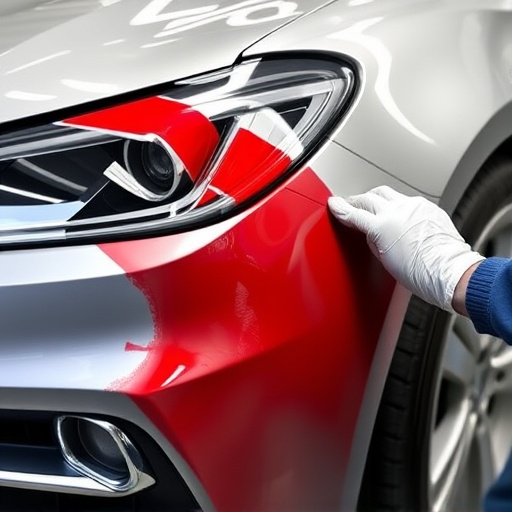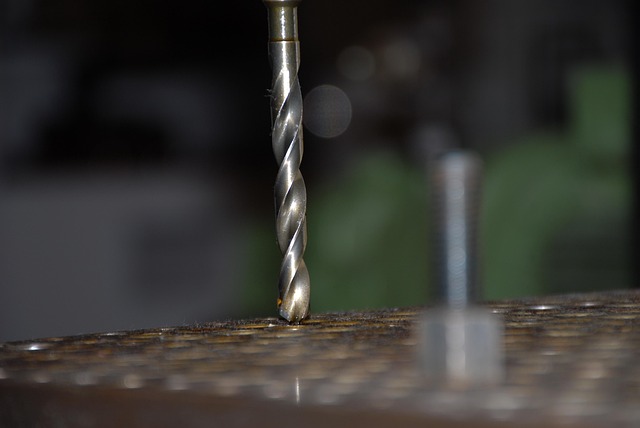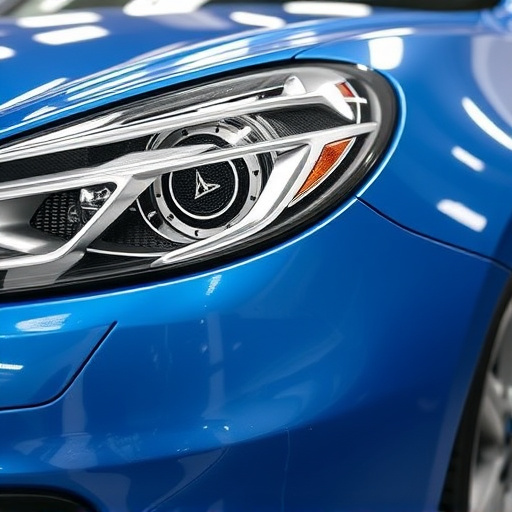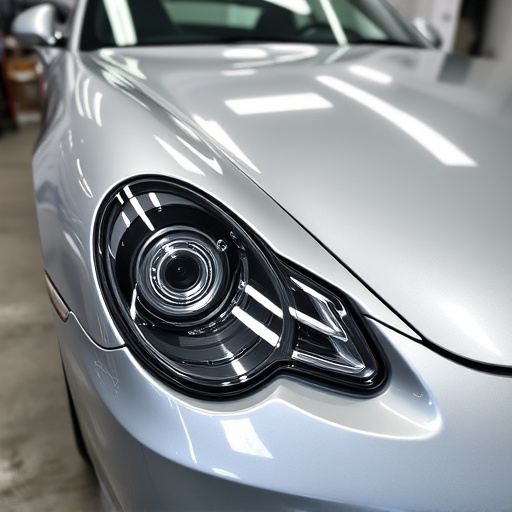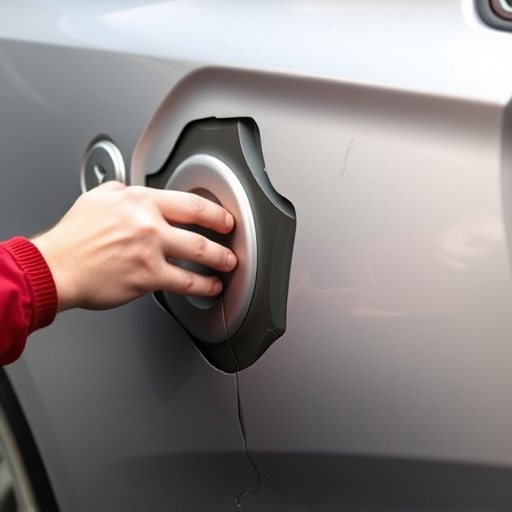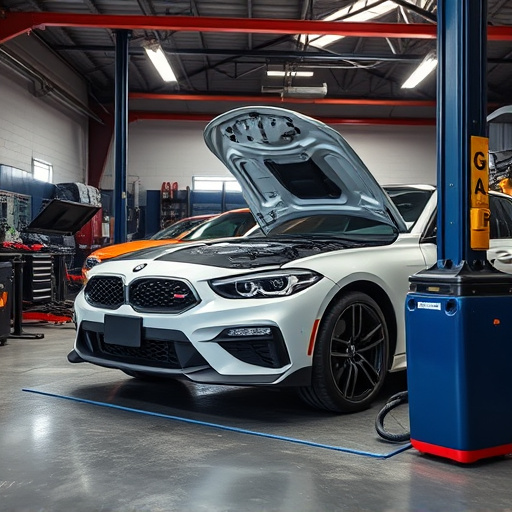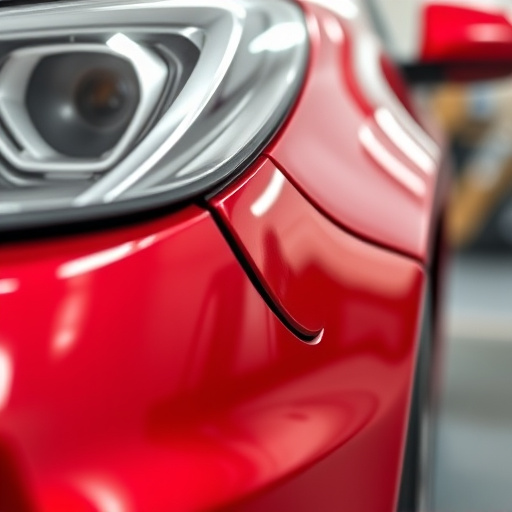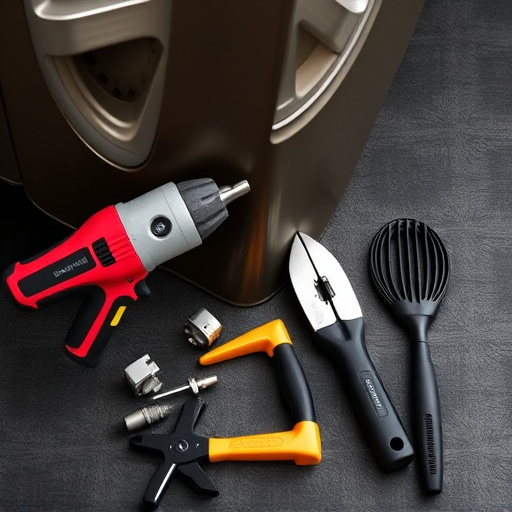A Tesla body computer reset resolves interior control issues, preventing costly collision damage repairs. Regular maintenance, error code checks, and inspections are key. Connect a compatible OBD-II scanner to identify and reset errors, then test controls. For complex problems, seek professional collision repair services.
Experiencing interior control failures in your Tesla? A Tesla body computer reset could be the solution. This comprehensive guide delves into the process of resetting your vehicle’s body computer, addressing common issues like faulty sensors and malfunctioning controls. By following these straightforward steps, you’ll learn how to diagnose problems and restore optimal functionality to your Tesla’s interior features.
- Understanding Tesla Body Computer Reset
- Diagnosing Interior Control Failures
- Step-by-Step Guide to Resetting Your Tesla
Understanding Tesla Body Computer Reset
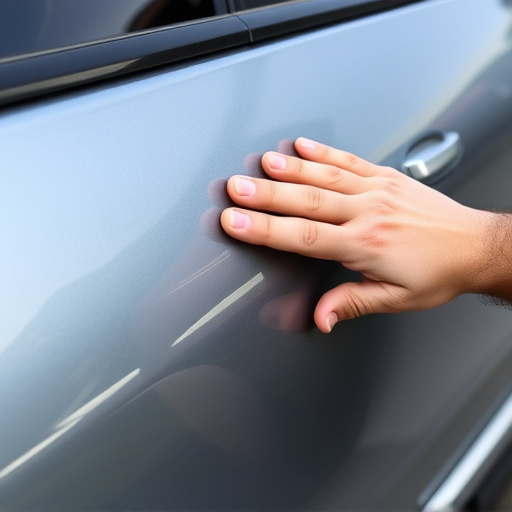
In modern Tesla vehicles, the body computer plays a vital role in controlling various interior functions, from climate control to window operations. Sometimes, due to technical glitches or after specific events like severe weather exposure or a collision (requiring collision damage repair), these computers can fail, leading to issues with interior controls. Performing a Tesla body computer reset becomes essential in such cases as it is a straightforward and effective method to resolve these failures.
This process involves resetting the computer’s internal settings to their factory defaults, essentially erasing and reloading the software. It is a simple procedure that can be accomplished either through the vehicle’s onboard diagnostics system or using specialized tools, depending on the specific model year. Regular auto maintenance practices can help prevent such issues by keeping the computer’s firmware up-to-date and ensuring optimal operating conditions. Moreover, being aware of how to perform this reset allows owners to quickly address interior control problems, enhancing their overall driving experience without needing extensive auto glass repair or other costly collision damage repairs.
Diagnosing Interior Control Failures
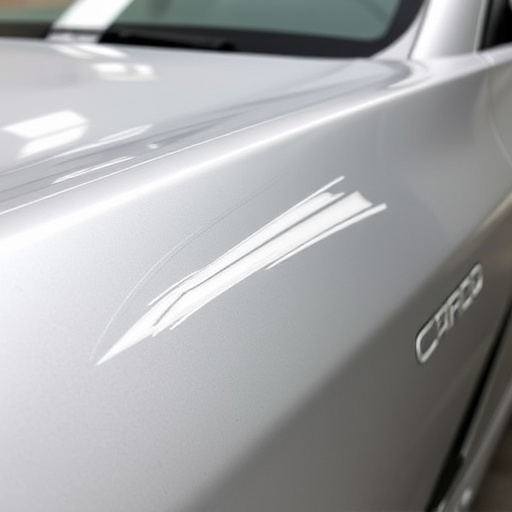
Diagnosing interior control failures in a Tesla involves a systematic approach to pinpoint the exact issue. Start by checking for any error codes stored in the vehicle’s computer system, which can provide valuable insights into the problem. These codes often manifest as warning lights on the dashboard or messages on the center display. Common issues may include problems with power windows, door locks, seats, or sunroofs, indicating a malfunction in the corresponding control modules or wiring.
Inspecting the physical components is also crucial. Look for any visible signs of damage, loose connections, or faulty cables, especially around the doors and interior panels. Sometimes, an issue might be as simple as a misplaced wire or a disconnected sensor. More complex problems may require specialized tools to test the voltage at various points, ensuring proper power supply and ground connections. Regular maintenance and prompt attention to these issues can prevent more serious complications, including the need for costly frame straightening or car paint services, and ensure your Tesla’s interior control systems function optimally.
Step-by-Step Guide to Resetting Your Tesla
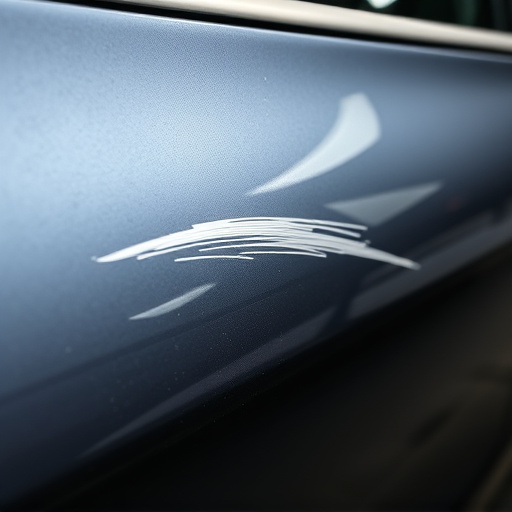
Resetting your Tesla’s body computer is a crucial step when dealing with interior control failures. Here’s a straightforward guide to help you through this process. Begin by ensuring your vehicle is turned off and all doors are closed. Next, locate the Tesla’s diagnostic port, usually found under the steering wheel or in the trunk, depending on your model. Connect a compatible OBD-II scanner to this port. Initiate the scanning process to identify any stored error codes. Once identified, you can perform a reset by following the scanner’s instructions or using specialized software designed for Teslas.
After the reset is complete, test all interior controls to ensure they are functioning properly. This process can be likened to a car dent removal—it requires precision and the right tools. Similar to auto glass repair, it’s best left to professionals if you’re unsure. Alternatively, consider seeking collision repair services for more complex issues related to your Tesla’s body computer or other components.
A Tesla body computer reset can effectively resolve interior control failures, providing a seamless user experience. By understanding the process and following a step-by-step guide, owners can independently troubleshoot and resolve common issues. This simple procedure ensures that your Tesla remains a reliable and advanced driving machine, leveraging its cutting-edge technology to offer both performance and comfort. Remember, a well-maintained Tesla is a happy Tesla!


